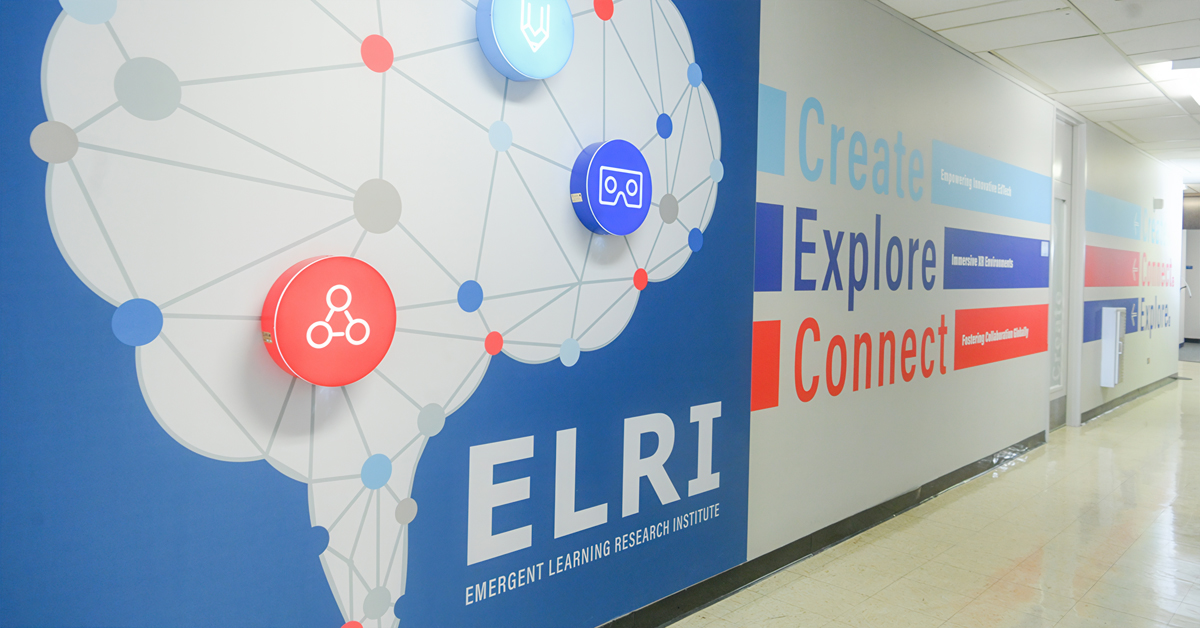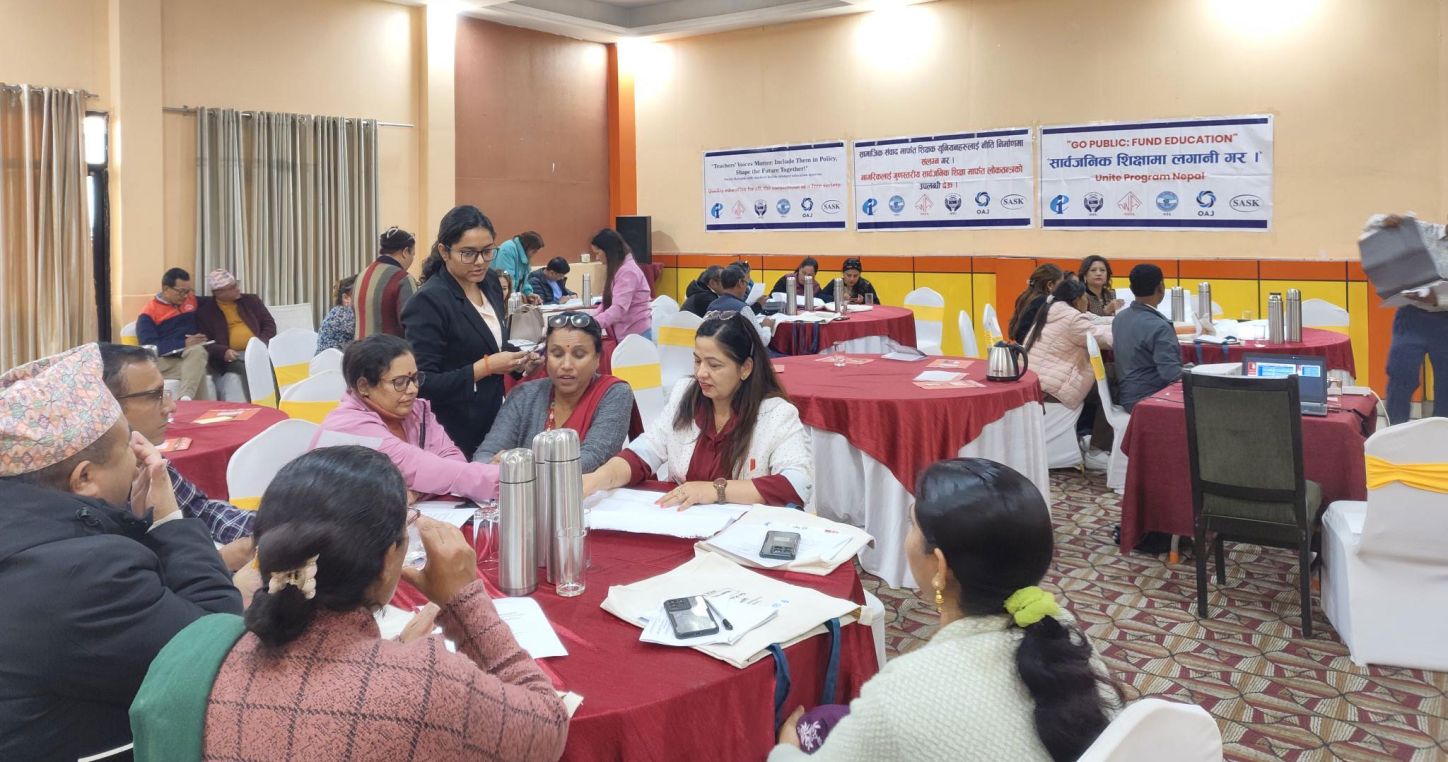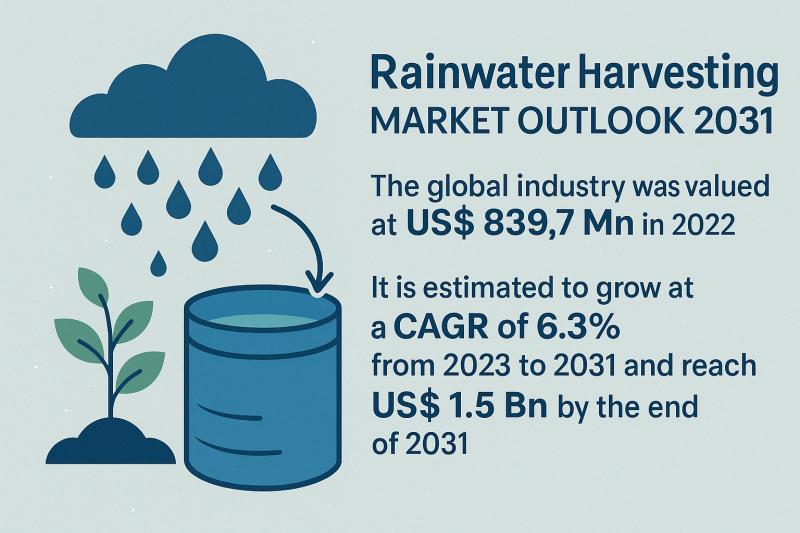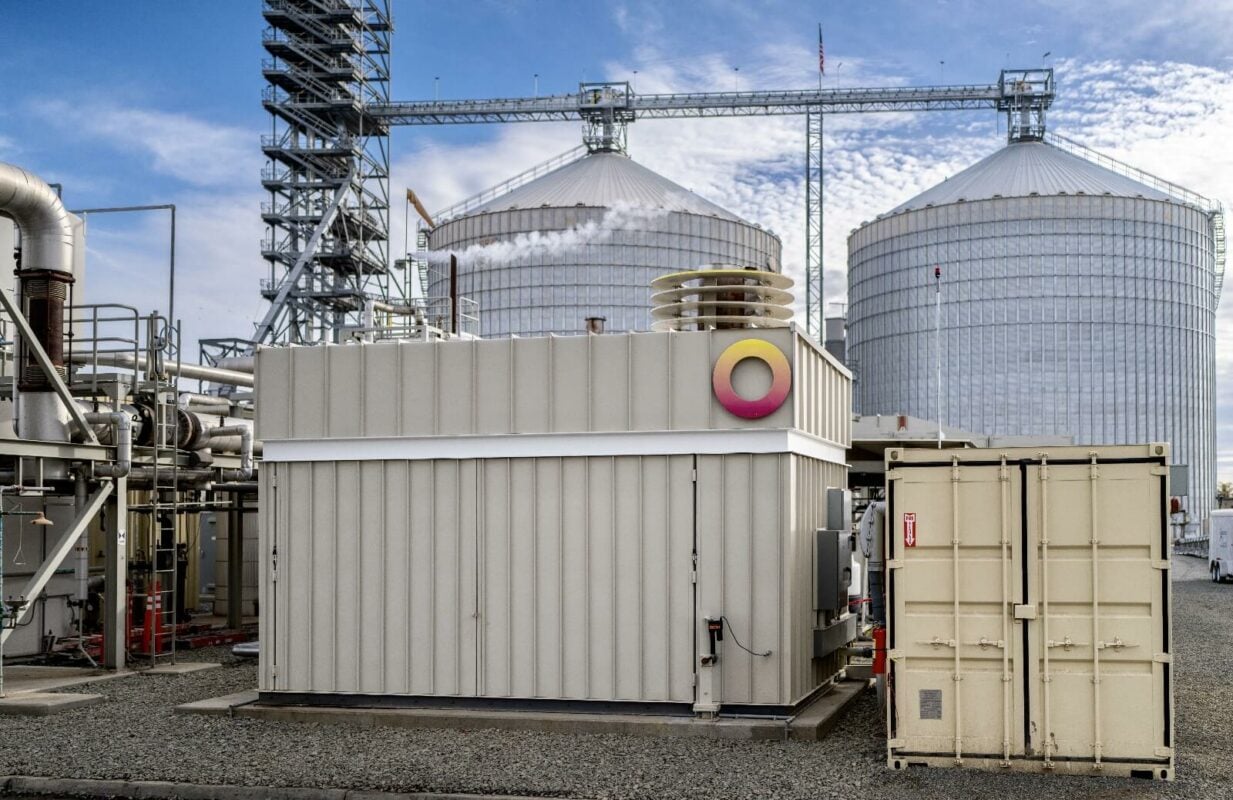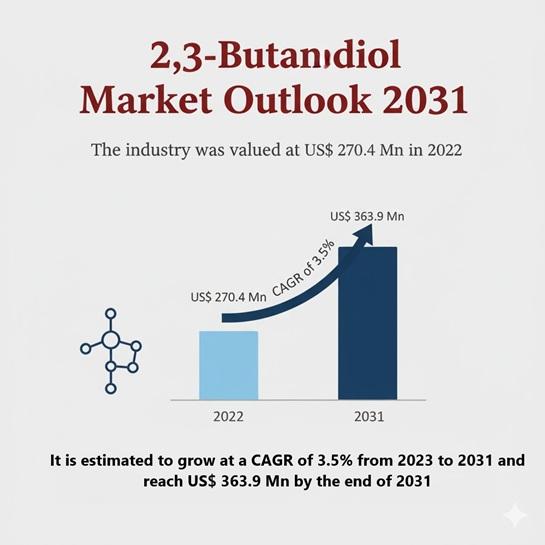Bolstering Social Protection and Human Capital to Promote Inclusive Growth: Guinea-Bissau – International Monetary Fund
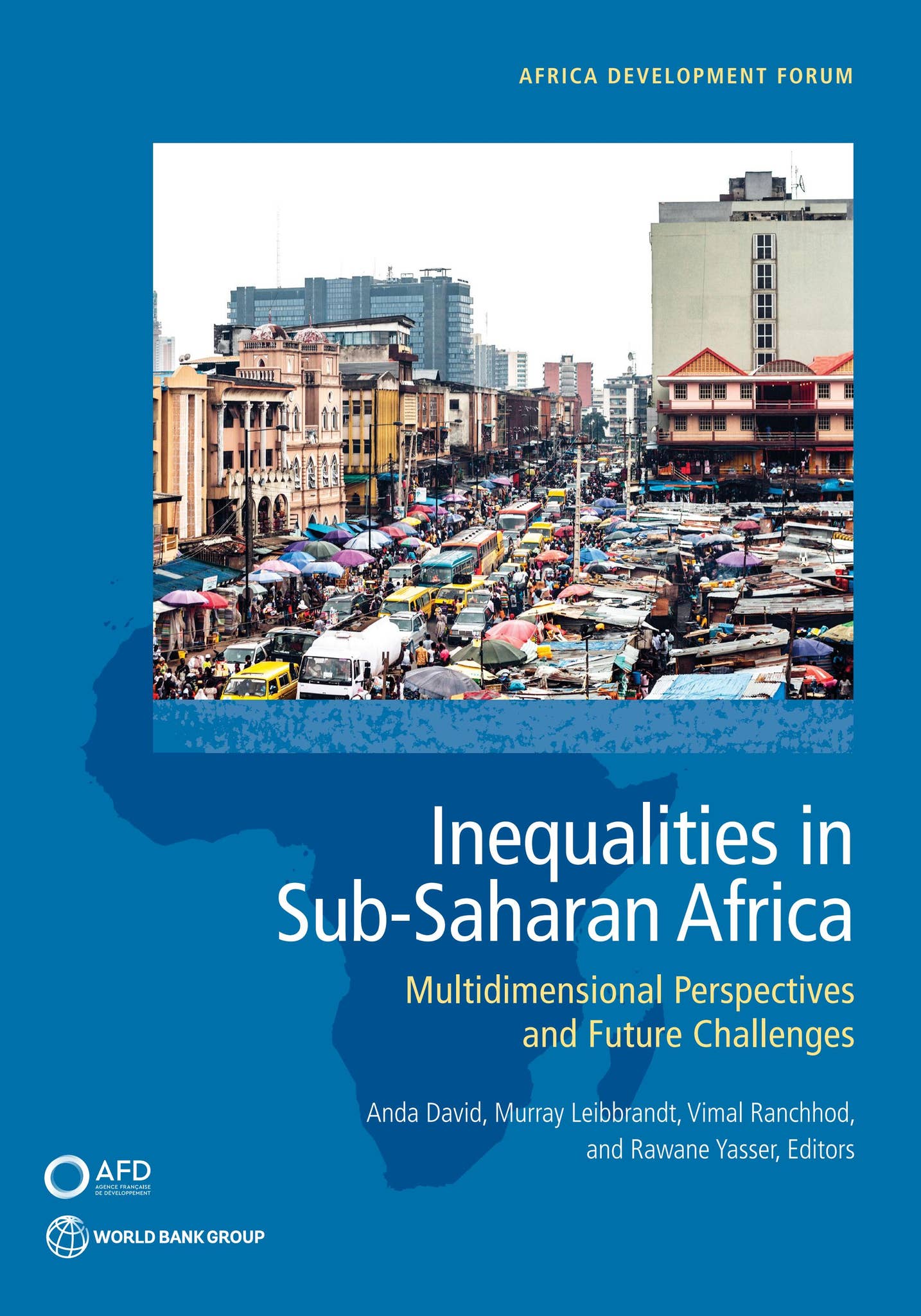
Report on Social Sector Spending and Sustainable Development in Guinea-Bissau
Executive Summary
An analysis of Guinea-Bissau’s social sectors reveals persistent challenges that impede progress toward key Sustainable Development Goals (SDGs). Despite recent progress, government spending on education and social protection remains low, constrained by weak domestic revenue and volatile donor support. Conversely, high private out-of-pocket payments inflate total health spending. The necessary expansion of health and education services presents significant fiscal pressure. Recommendations focus on enhancing spending efficiency and implementing well-targeted social programs to replace untargeted subsidies, thereby improving outcomes related to the SDGs.
Analysis of Social Sector Spending and SDG Alignment
- Health Sector (SDG 3: Good Health and Well-being): While total health spending appears high, it is largely sustained by private out-of-pocket payments. This model creates barriers to universal access and financial hardship for citizens, undermining the core principles of SDG 3. Expanding public health services is critical to ensure healthy lives and promote well-being for all.
- Education Sector (SDG 4: Quality Education): Government spending on education is low compared to regional benchmarks. This chronic underinvestment directly compromises the nation’s capacity to achieve SDG 4, which calls for inclusive and equitable quality education and lifelong learning opportunities for all.
- Social Protection (SDG 1: No Poverty & SDG 10: Reduced Inequalities): Public expenditure on social protection is inadequate. The current reliance on untargeted subsidies is an inefficient mechanism for poverty reduction and fails to effectively address the goals of SDG 1 (No Poverty) and SDG 10 (Reduced Inequalities).
Core Fiscal Challenges
- Weak Domestic Revenue Mobilization: The government’s limited ability to generate domestic revenue is a primary constraint on social investment, affecting progress across multiple SDGs. This points to a need to strengthen public finance management, a target within SDG 16 (Peace, Justice and Strong Institutions).
- Volatile Donor Support: Dependence on unpredictable donor aid creates instability in funding for essential social services, hampering long-term planning and the sustainable achievement of goals as envisioned by SDG 17 (Partnerships for the Goals).
Recommendations for Achieving Sustainable Development
- Enhance Spending Efficiency: Improve the value for money in public social spending to maximize the impact on SDG 3 (Good Health and Well-being) and SDG 4 (Quality Education) within existing fiscal constraints.
- Implement Targeted Social Programs: Transition from inefficient, untargeted subsidies to ambitious and well-targeted social protection programs. This strategic shift will more effectively advance SDG 1 (No Poverty) and SDG 10 (Reduced Inequalities) by ensuring resources reach the most vulnerable populations.
- Expand Essential Services: Address the structural fiscal pressures required to expand health and education services, ensuring broader population coverage to meet the universal access targets inherent in SDG 3 and SDG 4.
Analysis of Sustainable Development Goals (SDGs) in the Article
1. Which SDGs are addressed or connected to the issues highlighted in the article?
- SDG 1: No Poverty – The article’s focus on social protection programs, including the recommendation to implement “well-targeted social programs” and move away from “untargeted subsidies,” directly relates to eradicating poverty by providing a safety net for the poor and vulnerable.
- SDG 3: Good Health and Well-being – This goal is explicitly addressed through the discussion of Guinea-Bissau’s health sector. The article mentions challenges like “high… private out-of-pocket payments” for healthcare and the “much-needed expansion of health… services,” which are central to ensuring healthy lives.
- SDG 4: Quality Education – The article directly connects to this goal by highlighting that “Government spending on education… has been low” and pointing out the necessity for an “expansion of… education services to cover a larger segment of the population.”
- SDG 10: Reduced Inequalities – The recommendation to shift from “untargeted subsidies” to “well-targeted social programs” is a strategy to reduce inequality by ensuring that fiscal policies and social protection benefit the most vulnerable populations more effectively.
- SDG 17: Partnerships for the Goals – The article touches upon the means of implementation by identifying “weak domestic revenue mobilization and volatile donor support” as key challenges. This directly relates to strengthening the financial resources needed to achieve the other goals.
2. What specific targets under those SDGs can be identified based on the article’s content?
- Target 1.3: Implement nationally appropriate social protection systems and measures for all, including floors, and by 2030 achieve substantial coverage of the poor and the vulnerable. The article’s analysis of “social protection programs” and its call for “ambitious and well-targeted social programs” directly align with this target.
- Target 3.8: Achieve universal health coverage, including financial risk protection, access to quality essential health-care services… The mention of “large private out-of-pocket payments” points to a lack of financial risk protection, and the need for “expansion of health… services” relates to improving access to essential care, both key components of this target.
- Target 4.1: By 2030, ensure that all girls and boys complete free, equitable and quality primary and secondary education… The article’s statement about the “much-needed expansion of… education services to cover a larger segment of the population” is a prerequisite for achieving universal access to education as outlined in this target.
- Target 10.4: Adopt policies, especially fiscal, wage and social protection policies, and progressively achieve greater equality. The article’s entire premise is to review social spending and formulate “recommendations to enhance value for money in social spending,” which is a direct call to adopt more effective fiscal and social protection policies to achieve better outcomes.
- Target 17.1: Strengthen domestic resource mobilization… to improve domestic capacity for tax and other revenue collection. The article explicitly identifies “weak domestic revenue mobilization” as a primary cause for low social spending, making this target highly relevant.
3. Are there any indicators mentioned or implied in the article that can be used to measure progress towards the identified targets?
- Implied Indicator for Target 1.3: The discussion of social protection programs and the need to cover a larger segment of the population implies Indicator 1.3.1: Proportion of population covered by social protection floors/systems, by sex, distinguishing children, unemployed persons, older persons, persons with disabilities, pregnant women, newborns, work-injury victims and the poor and the vulnerable.
- Implied Indicator for Target 3.8: The reference to “large private out-of-pocket payments” directly implies Indicator 3.8.2: Proportion of population with large household expenditures on health as a share of total household expenditure or income.
- Implied Indicator for Targets 1.3, 3.8, and 4.1: The article’s focus on “Government spending on education and social protection” and “health care spending” implies the global indicator 1.a.2: Proportion of total government spending on essential services (education, health and social protection).
- Implied Indicator for Target 17.1: The phrase “weak domestic revenue mobilization” directly points to the relevance of Indicator 17.1.1: Total government revenue as a proportion of GDP, by source.
Summary Table of SDGs, Targets, and Indicators
4. Create a table with three columns titled ‘SDGs, Targets and Indicators” to present the findings from analyzing the article.
| SDGs | Targets | Indicators (Implied from Article) |
|---|---|---|
| SDG 1: No Poverty | 1.3: Implement nationally appropriate social protection systems and measures for all. | Proportion of population covered by social protection systems. |
| SDG 3: Good Health and Well-being | 3.8: Achieve universal health coverage, including financial risk protection. | Proportion of population with large household expenditures on health (out-of-pocket payments). |
| SDG 4: Quality Education | 4.1: Ensure that all girls and boys complete free, equitable and quality primary and secondary education. | Proportion of total government spending on education. |
| SDG 10: Reduced Inequalities | 10.4: Adopt policies, especially fiscal… and social protection policies, and progressively achieve greater equality. | Efficiency and targeting of social spending (e.g., moving from untargeted subsidies to well-targeted programs). |
| SDG 17: Partnerships for the Goals | 17.1: Strengthen domestic resource mobilization. | Total government revenue as a proportion of GDP (related to “weak domestic revenue mobilization”). |
Source: imf.org

What is Your Reaction?
 Like
0
Like
0
 Dislike
0
Dislike
0
 Love
0
Love
0
 Funny
0
Funny
0
 Angry
0
Angry
0
 Sad
0
Sad
0
 Wow
0
Wow
0





